Using information already supplied in this thread, below is a short summary of events during the 9th century, prior to (and during) the mission of the Macedonian brothers from Salonika, SS Cyril and Methody.
Here is another good thread that has significance to this topic:
Pelister,
I haven't searched too thoroughly, but I can't seem to locate book 7 from Procopius on the net. Can you help?
Also, can we get access to the 'Miracles of Saint Demetrius'?
800: Macedonia Theme is created within East Roman administration, consisting of Macedonians and Thracians, who at that stage had assimilated the Slavonic tribes in their region.
813: A great battle takes place between the armies of East Rome and Bulgaria, the former consisting chiefly of Macedonians and Thracians.
821: Thomas the Slav raises the banner of revolt against East Rome, his army consisted, among others, Macedonians and Thracians.
850/60: Macedonian and Thracian soldiers sent to subdue the Slavic rebels in the Peloponnese, upholding the rule of East Rome in the region.
867: Basil the Macedonian, a native of the Adrianople region, conspires against Michael III and takes rule of East Rome. After a continued warrior tradition and significance in the political life of East Rome, the Macedonians produce an emperor, and subsequently a dynasty.
813: A great battle takes place between the armies of East Rome and Bulgaria, the former consisting chiefly of Macedonians and Thracians.
821: Thomas the Slav raises the banner of revolt against East Rome, his army consisted, among others, Macedonians and Thracians.
850/60: Macedonian and Thracian soldiers sent to subdue the Slavic rebels in the Peloponnese, upholding the rule of East Rome in the region.
867: Basil the Macedonian, a native of the Adrianople region, conspires against Michael III and takes rule of East Rome. After a continued warrior tradition and significance in the political life of East Rome, the Macedonians produce an emperor, and subsequently a dynasty.
Pelister,
A Sklavonian chieftain, Chilbuldius, became a Roman commander, and one of their best. He was a Thracian, of Sclavonian origin, defending northern Thrace from Sclavonian marauders. (Proc.Wars vii. 38. 17).
Also, can we get access to the 'Miracles of Saint Demetrius'?

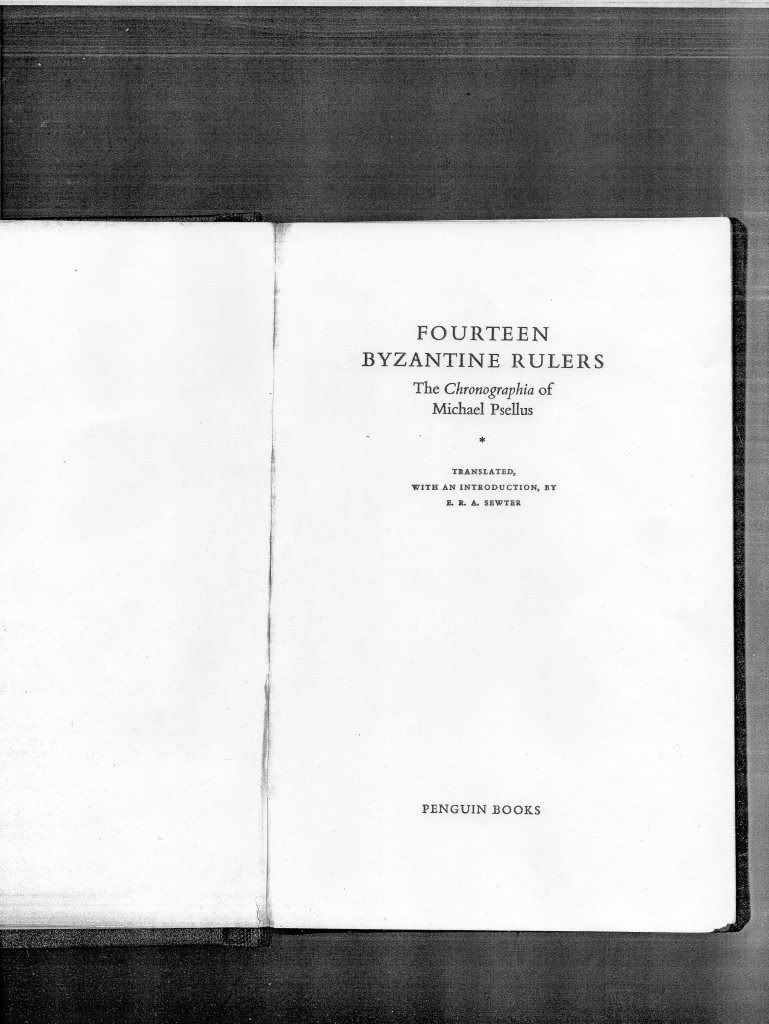


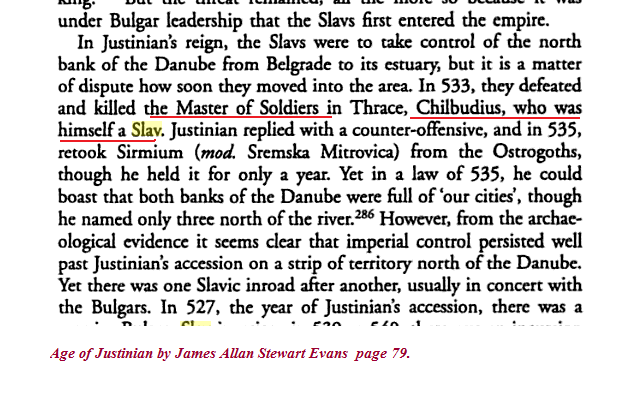
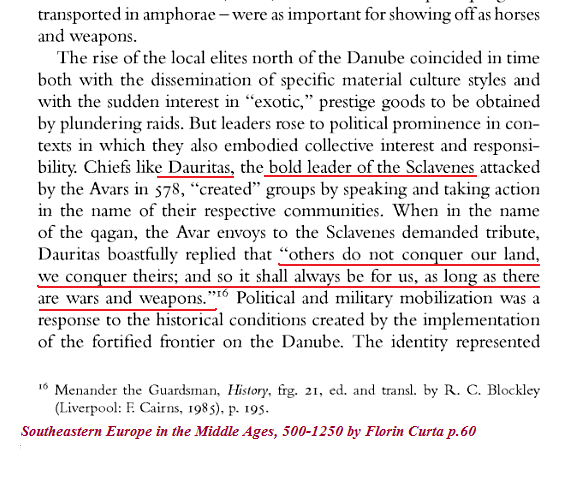
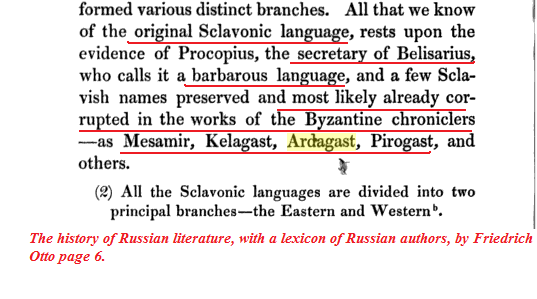





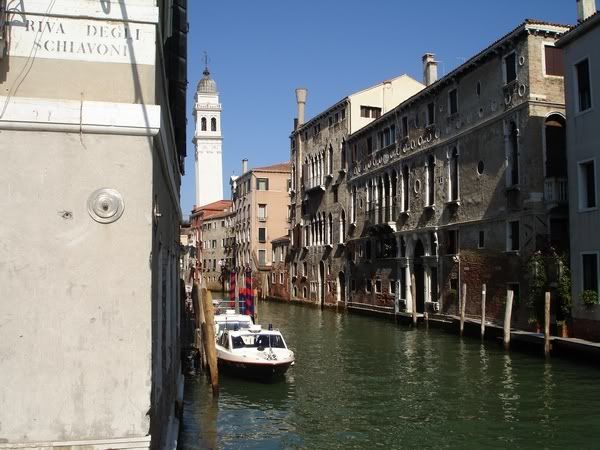

Comment